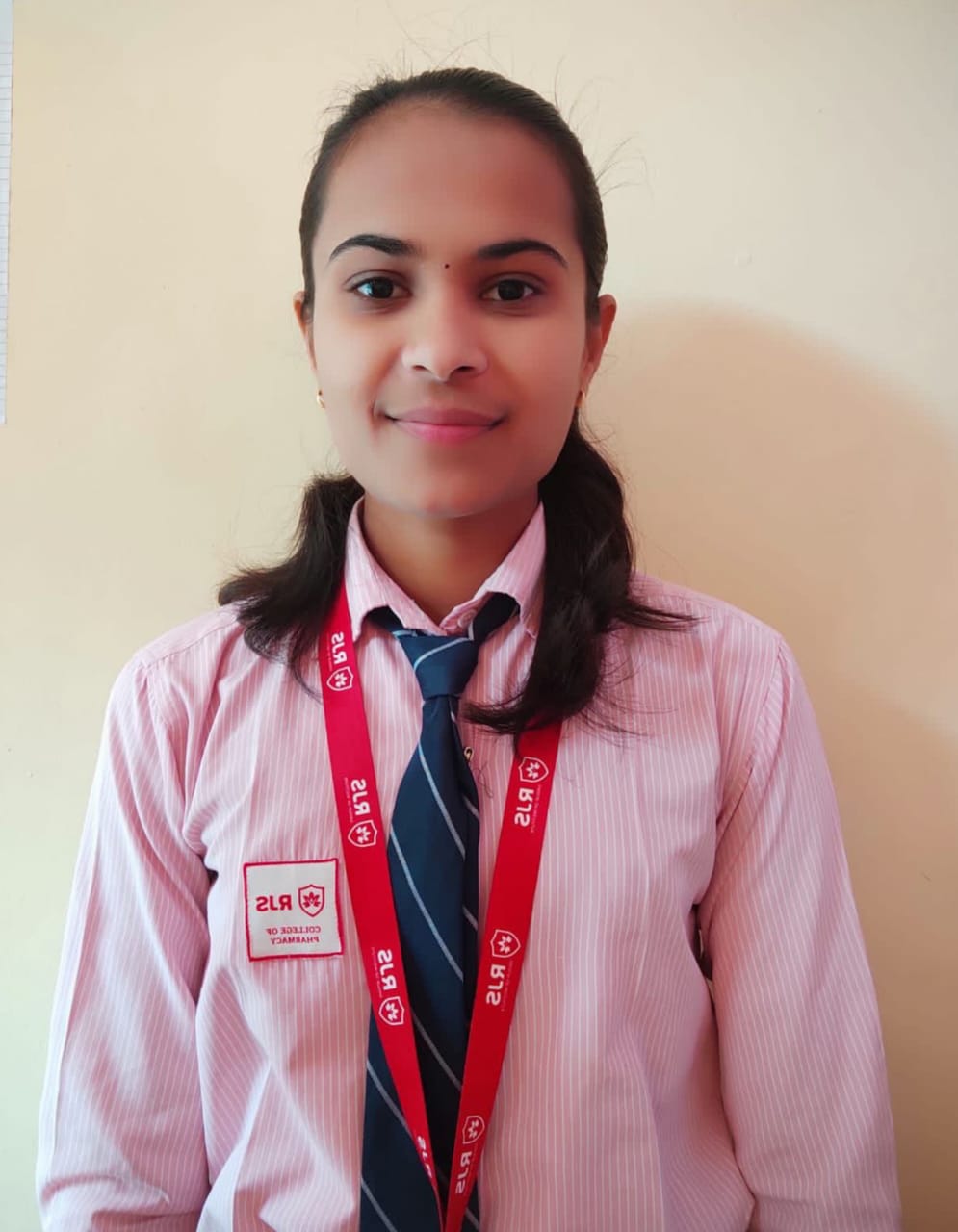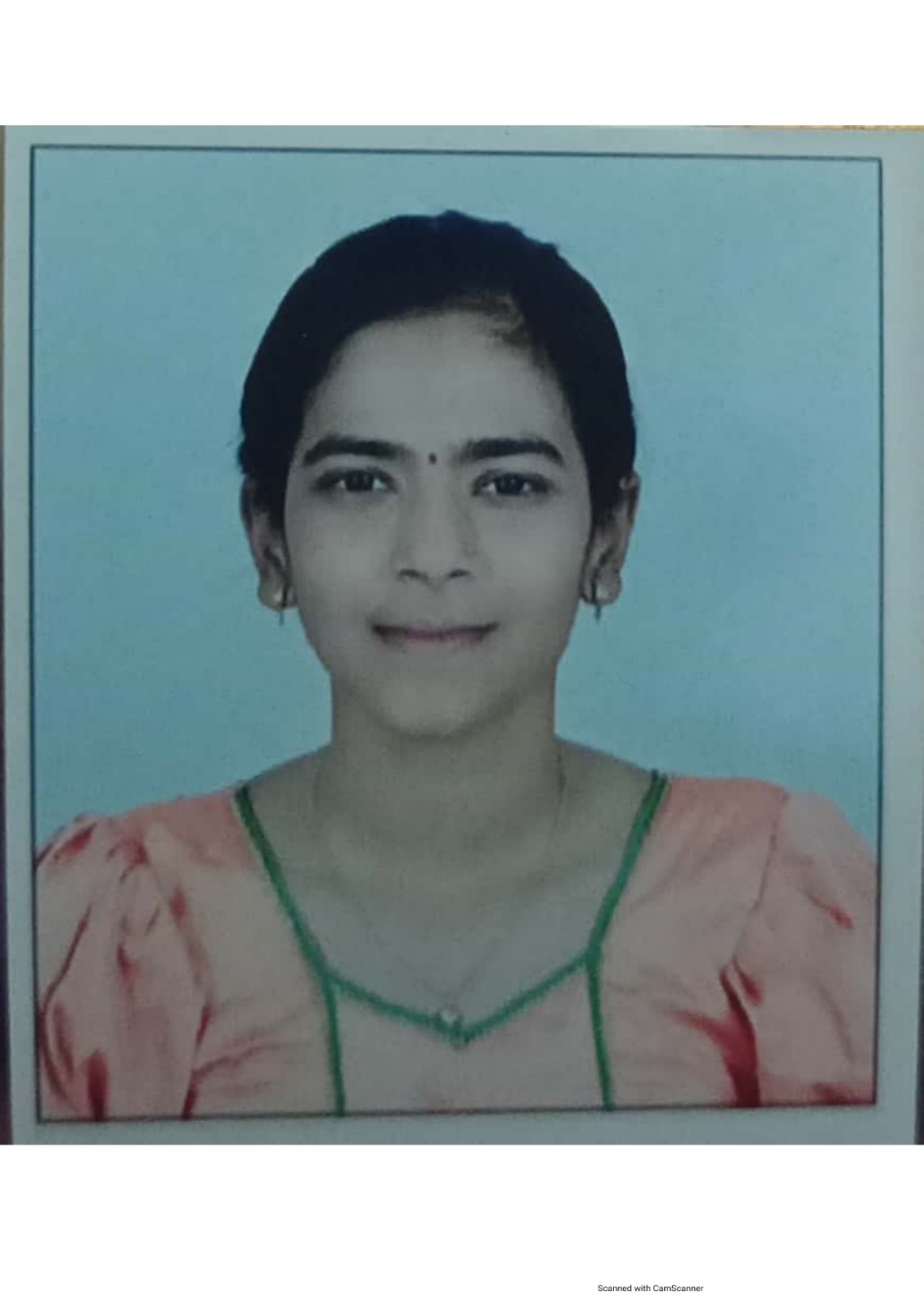Abstract
Nyctanthes arbortristis (N. Arbortristis) is one of the finest plants of India. It is widely distributed in the southern regions of the Himalayas and as far south as Godavari. Each part of the plant has some important medicinal properties and is therefore suitable for commercial use. It is now considered an important component of many specialty products used in the production of drugs and some commercial products for the treatment of various diseases. Current research focuses on the potential phytochemicals and pharmacological activity of N. Arbortristis. Many parts of plants, such as seeds, leaves, flowers, barks, and fruits, have been studied for their important medicinal functions. Phytochemicals such as flavonoids, glycosides, oleanolic acid, essential oils, tannins, carotene, Friedlin, lupeol, glucose and benzoic acid have been reported to have hair-protective, hepatoprotective and anti-inflammatory properties. antifungal and antipyretic effects. Nyctanthes arbortristis leaves have been found to have the following functions: treating arthritis and reducing fever, pain and inflammation. Tablets are prepared via wet granulation method by optimizing the concentrations of herbs and excipients to achieve the desired physical properties such as hardness, friability and disintegration time. Tablets are evaluated using various clinical tests such as weight change, hardness, friability, disintegration time.
Keywords
Nyctanthes arbor-tristis, N. Arbortristis, anti-inflammatory, Arthritis, joint pain, Herbal Tablet, Night jasmine.
Introduction
Nyctanthes arbor-tristis Linn. It is one of the most important medicinal plants of India. It is widely distributed in the southern regions of the Himalayas and as far south as Godavari. Each part of the plant has some medicinal value and is therefore suitable for commercial use. It is now considered an important component of many specialty products used in the production of drugs and some commercial products for the treatment of various diseases. The use of medicinal plants to treat diseases has been documented throughout the history of all cultures. [1-4] Medicinal and aromatic plants are popular worldwide due to their active and beneficial ingredients. Nyctanthes arbor-tristis - the night-blooming sad tree of the family Oleaceae (Nyctaginaceae) - is well known in India and neighboring countries as one of the most versatile medicinal plants with diverse biological activities and is widely cultivated in tropical countries and subtropical areas of the world. It is a perennial terrestrial tree with a lifespan of 5-20 years. It is a tree or small tree with bright flowers that usually bloom at night and fall before sunrise, giving the ground a pleasant blend of white and red. For this reason, the plant loses all its shine during the day, hence the name "Tree of Sorrow" (arbor-tristis). Harsinghar is also known as Coral Jasmine, Parijat, Queen of the Night and Night Flower Jasmine.[3]

![Chemical constituents present in different parts of Nyctanthes Arbor-tristis and their biological activities. [3].png](https://www.ijpsjournal.com/uploads/createUrl/createUrl-20240705185338-4.png)
Table 1-Chemical constituents present in different parts of Nyctanthes Arbor-tristis and their biological activities. [3]
![Some medicinal uses of Night jasmine as mentioned in Ayurveda. [3].png](https://www.ijpsjournal.com/uploads/createUrl/createUrl-20240705185338-3.png)
Table 2-Some medicinal uses of Night jasmine as mentioned in Ayurveda. [3]
MATERIAL AND METHOD-
Collection of plant material- Fresh leaves of locally collected Nyctanthes arbor-tristis. Use distilled water to wash the leaves. The leaves are dried at room temperature for several days. Collect the dry leaves and grind them into fine powder in a blender.
Extraction of plant - Maceration - Fresh leaves of Nyctanthes arbortristis are washed thoroughly with water, dried in the shade and ground into powder. Powdered leaves (200g) were extracted (pulverized) using a mixture of solvent water and ethanol (1:1). The hydroalcoholic extract of leaves was evaporated in a 60°C on water bath. The residue is then stored in a container until next use.
Material-

Table 3- Formulation ingredients of tablet
*Preparation of 1?acia solution- Use 100ml of distilled water in a beaker. Take 1g of acacia powder and mix it with 100ml of distilled water. Stir continuously until all the flour is well mixed.
Method/Procedure-
Wet granulation method - Measure all ingredients accurately, mix well and grind with a mortar and pestle. Slowly add the prepared 1% binder to obtain a wet solution. Damp mass is formed. Transferred the damp mass from sieve no 22. Dry the preparation at room temperature. Sufficiently dry pellets are ready for compression.
PRE-FORMULATION STUDY-
Bulk density
Bulk Density was determined in a 100 ml dry graduated cylinder. Pour the dry ingredients into the measuring cylinder and count according to the formula below.
Bulk density = Mass of the granules/Bulk volume of the granules.
Tapped density
The tapping rate is to pour the dry material into a 100ml measuring cylinder, tap 100 times, record the volume and calculate according to the formula;
Tapped density= Granules weight/Volume of tapped granules.
Hausner’s ratio
Hausner’s ratio is the ratio of the tap density of the material to the bulk density of the material. Calculate using the formula below.
Hausner’s ratio= Tapped density/Bulk density.
Carr’s index
Carr’s index or compressibility index is determined by the following formula.
Carr’s index (%)= Tapped density- Bulk density ×100
Tapped density
Angle of repose
Determine the angle of repose using the funnel method. Use the formula below to calculate angle of repose.
? = Tan-1[h/r]
Where
h = height of granule cone formed, r = radius of the granule cone formed.
Physical evaluation of tablets
The tablets were subjected to the following evaluation tests.
General appearance
The general appearance and color of tablets were found by visual determination.
Weight variation test
Measure 20 tablets individually. Determine the average weight of 20 tablets. Compare individual weight with upper and lower limits. No more than two tablets should differ from the average weight by more than a percentage error.????????????????????????????????????????????????????????????Proceed along the list and at most two tablets are more than twice the percentage of the error. should not differ much.
Hardness and thickness test
The hardness and thickness of 20 tablets were determined for each sample. Hardness was measured using a Monsanto hardness tester and tablet thickness was measured using a Vernier caliper.
Friability test
The friability of tablets can be determined in the laboratory using the Roche Friability Tester. The crusher has a plastic chamber that rotates at 25 rpm, allowing the tablets to fall within 6 inches of the crusher and then run at 100 rpm. Weigh the tablets again. Tablet compression below 0.5% to 1.0% of tablet weight is considered reasonable.
Disintegration test
The disintegration time of the prepared tablets is determined using disintegration test apparatus. Each tablet is placed in each of the 6 tubes of the basket. The experiment is carried out by using water and temperature maintained at 37 ± 2 °C. The time at which the tablet gets disintegrated is noted.
RESULT AND DISCUSSION
The formulations were prepared using wet granulation method and preliminary formulation studies were conducted to evaluate the efficacy of the tablets. On the pre-formulation study the flow property of granules was good shown in Table 4. The weight variation test, hardness, friability, thickness, and disintegration time were shown in table no 5.

Table 4- Pre-formulation Study

Table 5- Post-compression Study
Weight Variation Test - All the tablets passed weight variation test as the average % weight variation was within the pharmacopoeial limits of ±5 %. The weight of all the tablets was found to be uniform.
Hardness Test - hardness of the tablets was determined using Monsanto Hardness Tester. The mean hardness values (n=8) were measured.
Friability Test - The percent friability for the formulation was observed below that of 1%, which indicated that the friability is within the prescribed limits. The results of friability test indicate that the tablets possess good mechanical strength.
Disintegration time - Disintegration time is shown in Table NO 5. Disintegration time within the range of 5-8 min.
CONCLUSION
Nyctanthes arbor-tristis is a medicinal plant with many medicinal activities, but current research focuses on arthritis, anti-pyretic, and anti-inflammatory properties. Leaf extract is used in tablet formulation. Compression of the prepared tablets was evaluated and showed good results. Judging by the results, it was well designed and measured. Arthritis treatment should be evaluated pharmacologically or the pharmacological evaluation is required for treatment of arthritis.
ACKNOWLEDGMENT
The Authors are thankful to Principal Dr. Nitin Jain sir and Miss. Gursal K.A, Assistant Professor, RJS College Of Pharmacy, Kopargaon, Ahmednagar, Maharashtra, India, for his guidance and support.
REFERENCE
- Prashant chavan, Mallinath kalshei, Nikhil navindgikar, Formulation and evaluation of herbal tablets containing nyctanthes arbortrists leaves, nternational Journal of Current Pharmaceutical Research ISSN- 0975-7066 Vol 12, Issue 3, 2020.
- Ranjana Dubey, Tripti Pendharkar, Utpal Jana, Formulation and evaluation of fast dissolving tablets containing hydroalcoholic dried leaf extract of Nyctanthes arbortristis, The Pharma Innovation Journal 2019; 8(6): 89-92.
- Champa Rani, Sunaina Chawla, Manisha Mangal, Subhash Kajla, AK Dhawan. Nyctanthes arbor-tristis linn. A sacred ornamental plant with immense medicinal potentials. Indian J Traditional Knowledge 2012;11:427-35.
- Kamlesh Kumar Yadav, Ravindra B. Laware a review of the medicinal herbal plant of nyctanthes arbor-tristis and its activity World Journal of Pharmaceutical and Life Sciences wjpls, 2023, Vol. 9, Issue 12, 01-08.
- Pushpendra Kumar Jain, Arti Pandey. The wonder of Ayurvedic medicine-nyctanthes arbor-tristis. Int J Herbal Med 2016;4:9-17.
- VS Jadhav, VB Ghawate. Evaluation of combined wound healing activity of ethanoic extract of leaves of Murraya koenigii and nyctanthes arbor-tristis. Drug Invention Today 2017;9:24-7.
- https://en.wikipedia.org/wiki/Nyctanthes_arbor-tristis.[Lastaccessed on 10 Dec 2019]
- Ashwani Kumar, Beenu Rathi, Vani Tyagi. Systemic review on anti-sciatica plant “Night Jasmine”. Int J Curr Microbiol Appl Sci 2017;6:1018-35.S Bansal, AJ Bharati, YK Bansal. In vitro callogenesis and phytoche
- mical screening of Harsingar a multipotent medicinal tree. Int J Pharmtech Res 2013;5:1786-93.
- Jadhav Santosh, Patil Manojkumar. A review on: nyctanthes arbor-tristis linn. Rejuvenating herbs. Int J Res Pharm Pharm Sci 2016;1:54-62.
- Jyoti B Wadekar, Ramesh L Savant, Unnati B Patel. Rheumatoid arthritis and herbal drugs: a review. J Pharmacol 2015;4:311-8.
- https://www.medicalnewstoday.com/articles/7621.php.[Lastaccessed on 10 Dec 2019]
- Micheal E Aulton. Aulton’s pharmaceutics: the design and manufacture of medicines. 3rd editions China; Elsevier publishers; 2007. p. 178, 355-356.
- Hitesh Chaturvedi, Ayush Garg, Udiabhan Singh Rathore. Postcompression evaluation parameters for tablets-an overview. Eur J Pharm Res 2017;4:526-30.
- Haritha B. A review on evaluation of tablets. J Formulation Sci Bioavailability 2017;1:107.
- Chetty M, Sivaji K, Rao T. Flowering plants of Chitoor district Andra Pradesh, Published by student offset printers, Tirupati. 2008, 193.
- Sah AK, Verma VK. Phytochemical and pharmacological potential of Nyctanthes Arbortristris: A comprehensive review. International Journal of Research in Pharmaceutical and Biomedical Sciences. 2012; 3(1):420-426.
- iew R, Baas P. Nyctanthes is a member of Oleaceae. Indian Academy of science. 1984; 93(3):349-358.
- Nadkarni AK. Indian material medica. Vol. I, 3rd ed, popular prakashan Pvt Ltd. 1982; 1(3):857-858.


 Sandesh Dike
Sandesh Dike
 Mayuri Dighe
Mayuri Dighe
 Kunal Padwal
Kunal Padwal
 Pradnya Pahilwan
Pradnya Pahilwan
 Kanchan Gursal
Kanchan Gursal

![Chemical constituents present in different parts of Nyctanthes Arbor-tristis and their biological activities. [3].png](https://www.ijpsjournal.com/uploads/createUrl/createUrl-20240705185338-4.png)
![Some medicinal uses of Night jasmine as mentioned in Ayurveda. [3].png](https://www.ijpsjournal.com/uploads/createUrl/createUrl-20240705185338-3.png)



 10.5281/zenodo.12666000
10.5281/zenodo.12666000